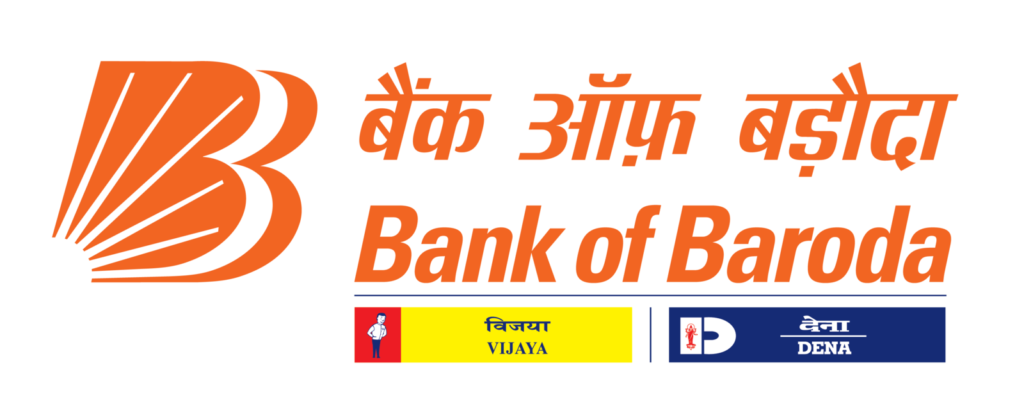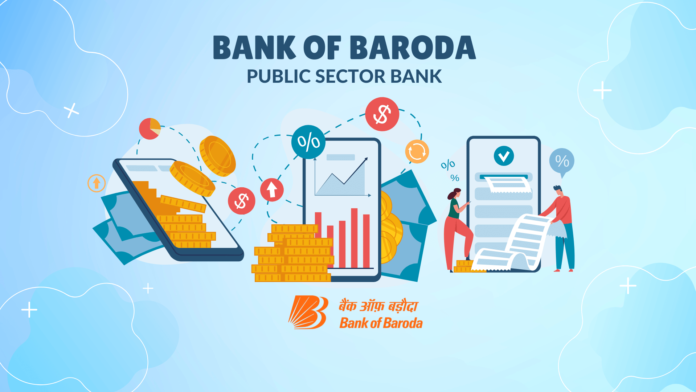Bank of Baroda (BoB) is a well-known public sector bank in India with its headquarters in Vadodara, Gujarat. It has a strong presence in the country and offers a wide range of banking services such as personal banking, corporate banking, international banking, and more. Bank of Baroda has more than 10,000 branches across the country and offers various digital banking solutions to its customers.
Understanding IFSC Code
IFSC (Indian Financial System Code) is a unique 11-digit code used to identify bank branches involved in electronic fund transfers. This code is used to transfer funds through NEFT, RTGS, and IMPS modes of payment. Every bank branch in India has a unique IFSC Code, which is used to identify the bank and its branch where the account is held.
How to find Bank of Baroda IFSC Code
Finding Bank of Baroda IFSC Code is easy, and there are different ways to do it. Here are some of the ways to find Bank of Baroda IFSC Code:
1. Bank of Baroda Cheque Book
Bank of Baroda issues cheque books to its account holders, and the IFSC Code is printed on every cheque leaf. You can find the Bank of Baroda IFSC Code on the top of the cheque leaf, along with the account number and branch details.
2. Bank of Baroda Passbook
Bank of Baroda passbook also contains the IFSC Code of the branch where the account is held. You can find the IFSC Code on the front page of the passbook, along with other details such as account number, branch code, and MICR code.
3. Bank of Baroda Website
Bank of Baroda’s official website also provides the IFSC Code of all its branches. You can visit the website and navigate to the ‘Branch Locator’ section, where you can enter your state, district, and branch name to find the IFSC Code.
4. Reserve Bank of India Website
The Reserve Bank of India (RBI) website also provides the IFSC Code of all banks and branches in India. You can visit the RBI website and search for the Bank of Baroda IFSC Code by entering the bank’s name, state, district, and branch details.
(1/4)
— Bank of Baroda (@bankofbaroda) May 3, 2023
The 2nd Edition of #bobWorld Digital Conclave 2023, attended by 350+ delegates with 25+ insightful sessions has come to a thrilling end! We had an incredible time exploring the theme of "Creating Digital Moats" & discussing unique & sustainable digital banking products. pic.twitter.com/eiPl6TrayQ
How to use Bank of Baroda IFSC code?
To use Bank of Baroda IFSC code for NEFT or RTGS transactions, you need to follow these steps:
- Login to your internet banking account or mobile banking app.
- Select the option for fund transfer or payments.
- Enter the beneficiary details, including the Bank of Baroda account number and IFSC code.
- Enter the amount and remarks (if any).
- Review the details and confirm the transaction.
Once the transaction is initiated, the money will be credited to the beneficiary’s Bank of Baroda account within a few hours, depending on the type of transaction.
Different ways to transfer money using Bank of Baroda IFSC Code
Bank of Baroda offers different modes of payment for online fund transfers, and you can use the IFSC Code to transfer the funds using any of these modes:
1. NEFT
National Electronic Funds Transfer (NEFT) is a popular mode of payment used to transfer funds online. Bank of Baroda customers can use the NEFT facility to transfer funds to any bank account in India using the recipient’s account number and IFSC Code. The transfer is processed in batches, and the funds are usually credited to the recipient’s account within a few hours.
2. RTGS
Real-Time Gross Settlement (RTGS) is a faster mode of payment used for high-value transactions. Bank of Baroda customers can use the RTGS facility to transfer funds to any bank account in India using the recipient’s account number and IFSC Code. The transfer is processed in real-time, and the funds are usually credited to the recipient’s account instantly.
3. IMPS
Immediate Payment Service (IMPS) is a 24×7 mode of payment used for instant fund transfers. Bank of Baroda customers can use the IMPS facility to transfer funds to any bank account in India using the recipient’s account number and IFSC Code. The transfer is processed instantly, and the funds are usually credited to the recipient’s account within a few seconds.
Ab loans paana hai bahot easy! Just opt for #CarLoan on #bobWorld with a single click.
— Bank of Baroda (@bankofbaroda) April 26, 2023
Apply now https://t.co/wL9OSEH1Vd#LoansWithoutDrama #BankofBaroda #AzadiKaAmritMahotsav @AmritMahotsav pic.twitter.com/RcmjOHNQVj
What are the charges for Bank of Baroda NEFT and RTGS transactions?
The charges for NEFT and RTGS transactions may vary based on the amount and the type of transaction. Bank of Baroda may charge a nominal fee for NEFT transactions, while RTGS transactions may be charged a higher fee. It is recommended to check the Bank of Baroda website or contact the customer care for the latest charges.
Conclusion
Bank of Baroda IFSC Code is a crucial piece of information that is required for online fund transfers. It is important to enter the correct IFSC Code while initiating the transfer to ensure that the funds reach the intended recipient’s account. In this article, we have covered everything you need to know about the Bank of Baroda IFSC Code, its significance, and how to find it easily. If you have any more questions, refer to the FAQs section or contact your nearest Bank of Baroda branch for assistance.
Frequently Asked Questions
- What is Bank of Baroda IFSC Code?
Bank of Baroda IFSC Code is a unique 11-digit code assigned to each Bank of Baroda branch in India that is used to identify the branch during online fund transfers. - Why is Bank of Baroda IFSC Code important for online fund transfers?
Bank of Baroda IFSC Code is important for online fund transfers because it helps to identify the specific bank branch and ensures that the funds are transferred to the correct recipient. - How many digits are there in Bank of Baroda IFSC Code?
Bank of Baroda IFSC Code consists of 11 digits. - Can I use Bank of Baroda IFSC Code to transfer funds to other banks?
Yes, Bank of Baroda IFSC Code can be used to transfer funds to other banks in India. - What is the difference between NEFT, RTGS, and IMPS?
NEFT, RTGS, and IMPS are all electronic modes of fund transfer, but they differ in their processing speed, transaction limits, and timings.

[mpg project-id=”14″ where=”mpg_bank=BANK OF BARODA;” unique-rows=”yes” limit=”20″]{{mpg_state}}
{{mpg_ifsc}}
[/mpg]
